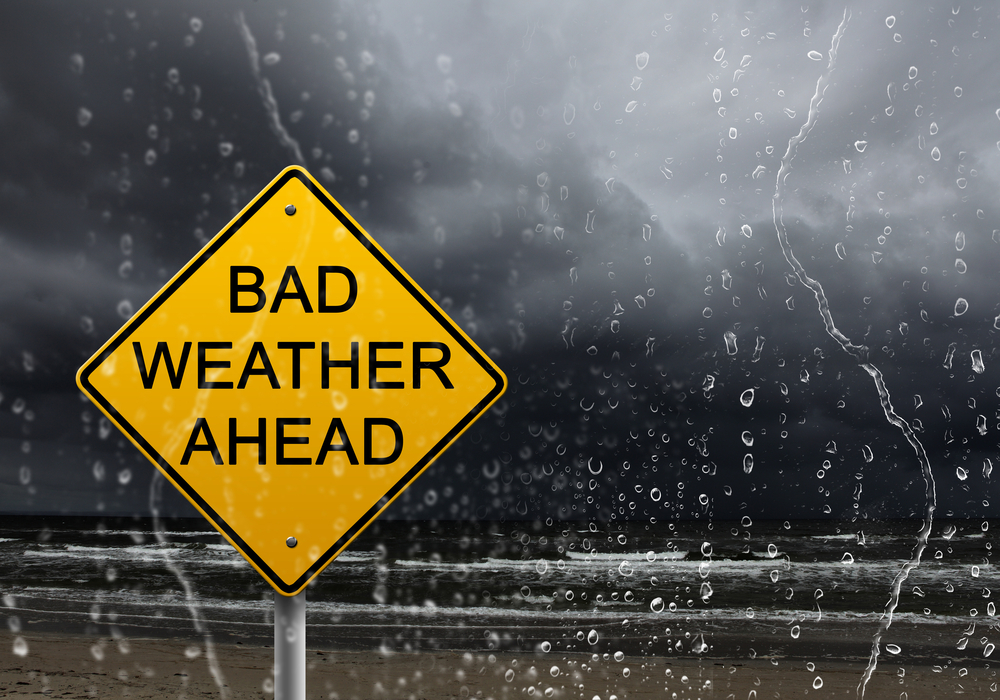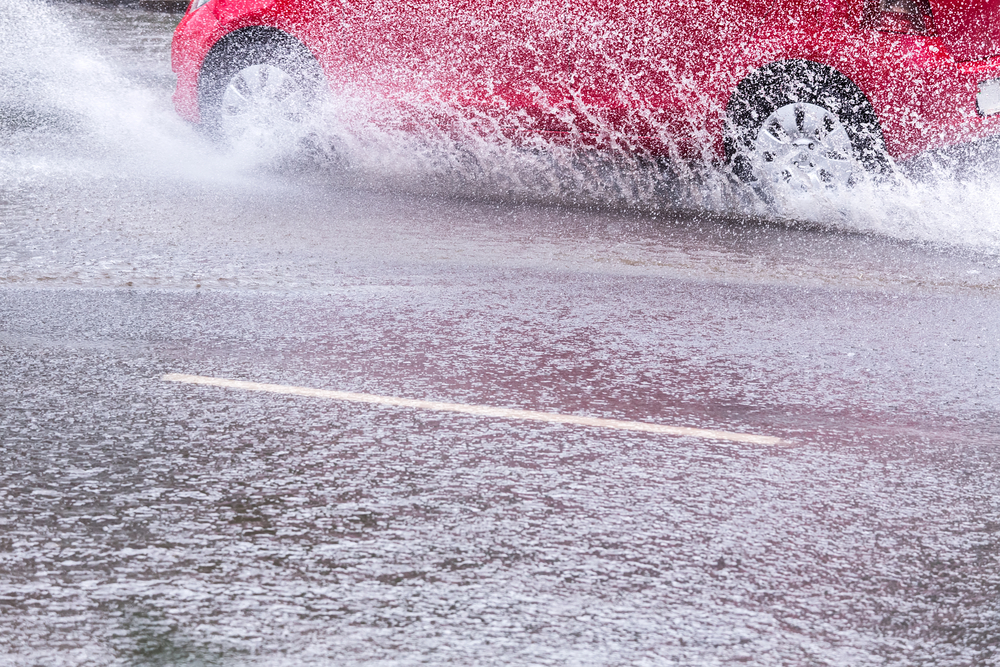7 Ways to Help your Home Weather Severe Storms

In some parts of the country, rain from thunderstorms and severe weather has been welcome, especially in drought-stricken areas. But storms that destroy property, damage trees and disrupt our day-to-day lives are never welcome.
About 10 percent of thunderstorms are classified as severe, according to ready.gov . These are storms that produce hail at least an inch or larger in diameter, have winds of 58 miles per hour or higher or produce a tornado. Many storms come with lightning as well.
Spring storms will soon give way to hurricane season, which begins June 1. With either time of the year, homes can be damaged when thunderbolts strike, winds gust and hail and rain pelts the ground. The price tag can be high to make repairs resulting from a storm, even when insurance comes into play.
However, property owners can potentially minimize damage by getting their buildings ready for severe weather. Periodic inspections of building’s exterior can reveal probable areas of damage.
“Some quick and easy preventative measures will help your home withstand severe storms,” says Ed Wolff, Leasing Desk Insurance President. “Homeowners should make it a point to always be aware of the potential vulnerabilities their homes have potential risk and exposure as storm season approach.”
A number of organizations, including the National Association of Home Builders, offer tips to reduce or avoid damage in severe weather. Here are some that can help a home weather the storm:
Seal the building’s exterior to keep water out
Seal windows, entry doors, garage doors and cracks to keep out water. Wind that funnels through the home will push upward and could lift the roof. A detached roof will enable water to penetrate and damage the interior.
Inspect the roof for loose or missing shingles and repair
Inspect and repair shingles that may have detached or come loose from the roof. Enlist a qualified roofing contractor for inspections. Also, seal around chimneys and vent pipes to help keep water away.
Inspect the foundation and clear gutters to ensure good water flow
Erosion around the foundation and clogged gutters and debris will inhibit runoff of rain water. Blockages in gutters will force water to overflow and potentially puddle around the foundation or cause damage to the landscape. Check and clear gutters to enable proper drainage from the roof and away from the building. Also, inspect foundations and grade where needed so that rainwater properly runs off.
Trim branches and limbs close to structures to avoid damage from high winds
Large branches and limbs close to or over the home can cause damage in high winds. Keep trees trimmed so they are not touching or close to the structure.
Secure items outdoors or bring them inside
Bring inside all outdoor furniture, decorations, garbage cans and anything else that is not tied down. Also, unplug any outdoor televisions or appliances to avoid possible electrical shock. Disconnect and remove exterior television antennas from the roof, and tie down any objects that could be hurled through the air under high-speed winds.
Inspect and repair siding on the exterior of the home
Damaged siding or trim on the exterior of the home should be repaired and secured to avoid being ripped off by high winds. Also, all window screens should be secure.
Install a properly-grounded lightning rod, minimize fire risk
A properly grounded lightning rod helps reduce the risk of fire caused by lightning strikes. Lightning rods won’t increase or decrease the chances of lightning strikes but will provide a path for the electricity to reach the ground more safely. Also, don’t reposition satellite dishes or digital antennas when a storm is approaching.
Taking time to secure your home before severe weather approaches may mean the difference between filing a large insurance claim and simply weathering the storm.
(Image Source: Shutterstock)








